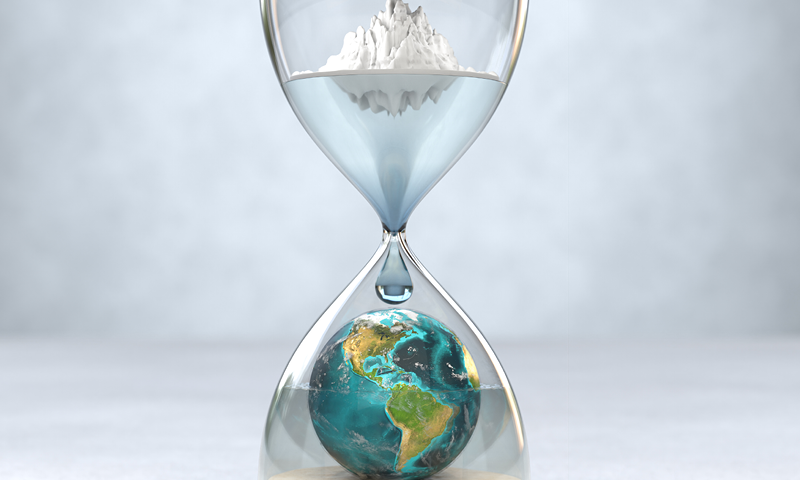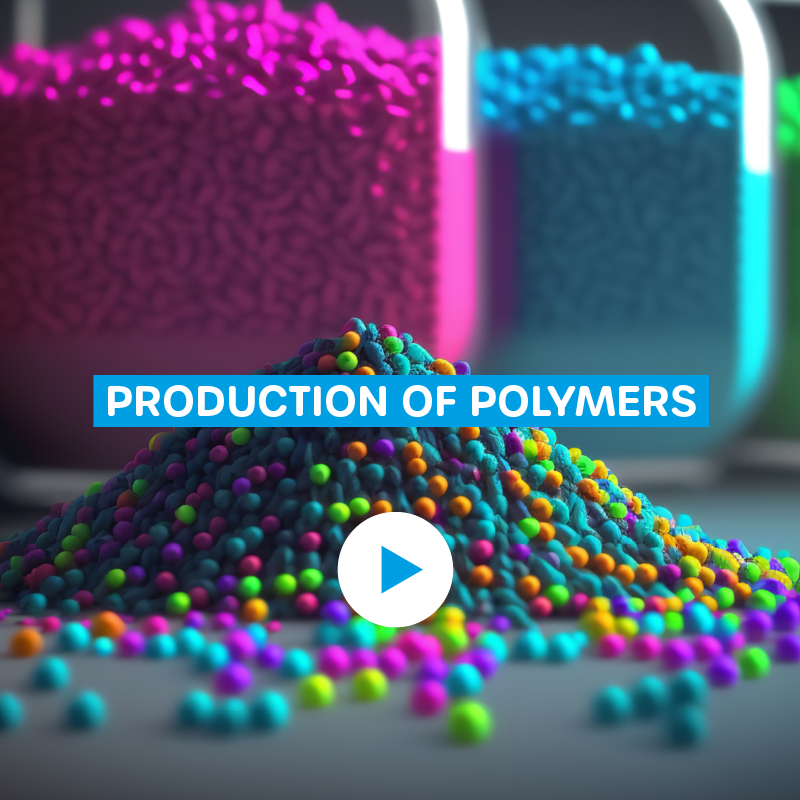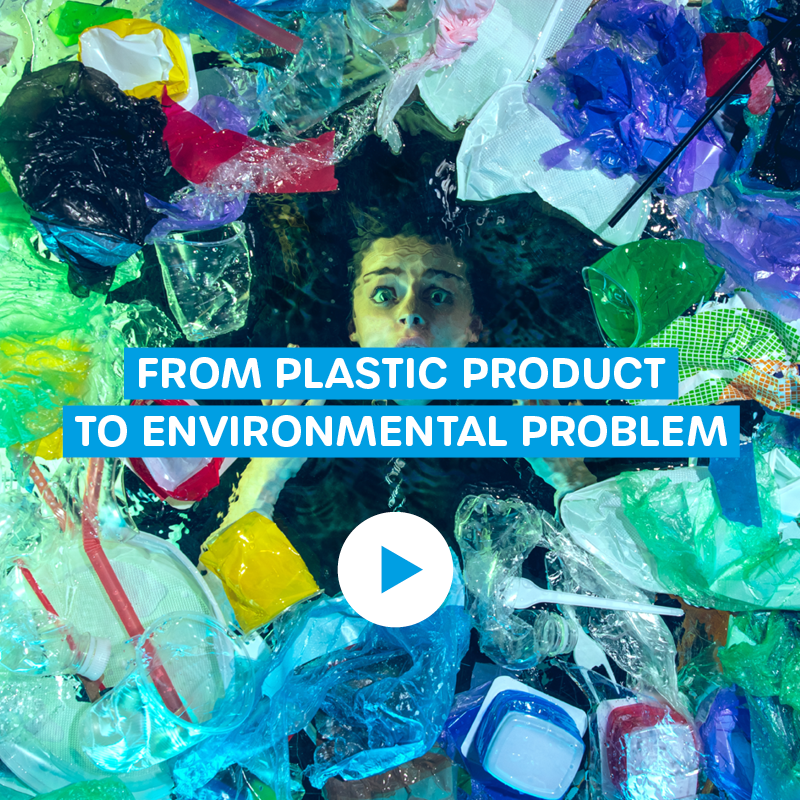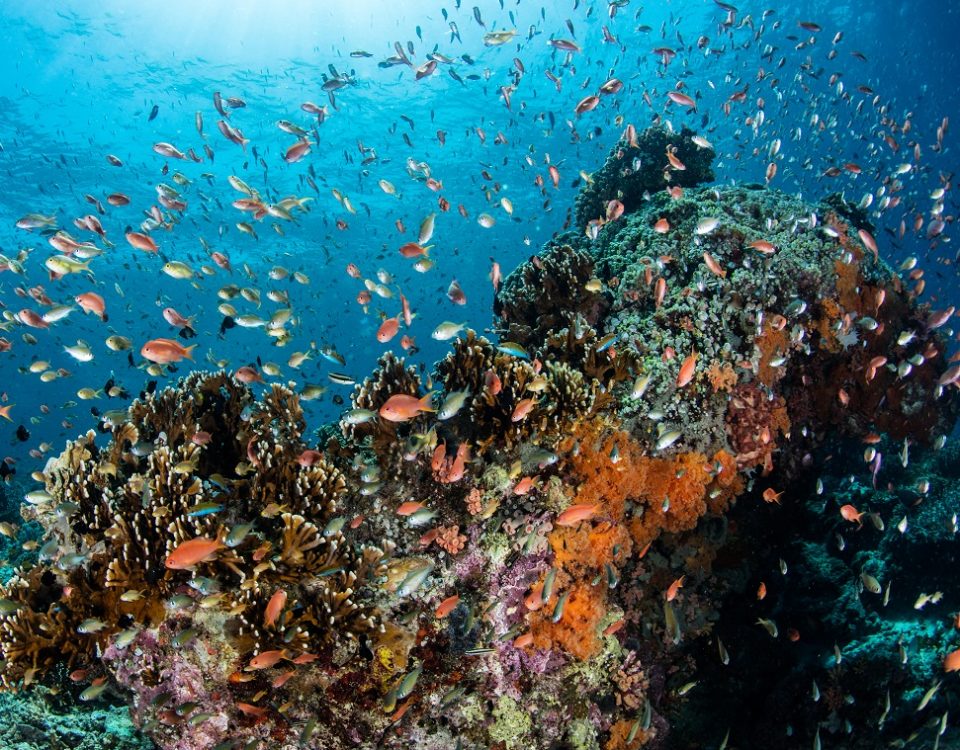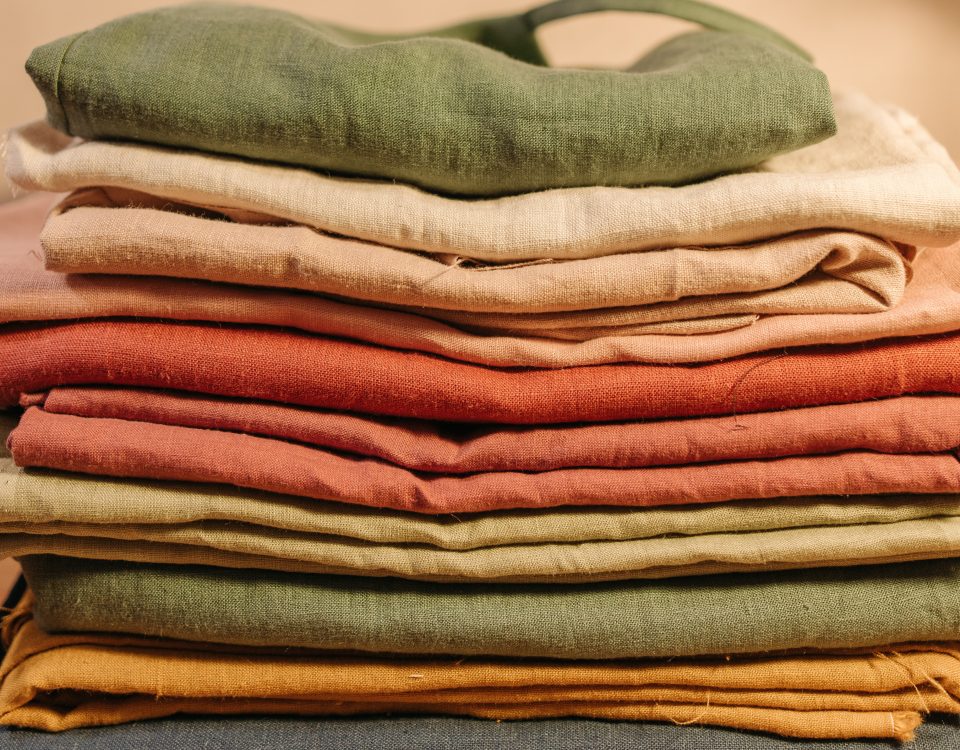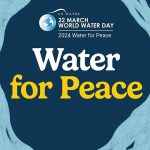
Outlook: Water for Peace – World Water Day 2024
14. March 2024
Sustainable education and knowledge transfer
1. April 2024World Water Day 2024 - Water for peace in the plastic age
We've all heard of the Stone Age, Bronze Age and Iron Age. But what era are we actually living in today? Perhaps most likely the "plastic age", also known as the Anthropocene ("determined by man"). The age of the disposable society began with the introduction of polymers and plastics into everyday life. And with it came the great promise that cheap plastic products would eliminate the need for laborious cleaning and repairs as well as numerous costs, such as those for transport. And so it was, but unfortunately for far too long people forgot to consider what happens at the end of a product (disposal) or to produce, process, use, and recycle products in a circular manner and beyond internal processes.
From everyday helpers: polymers and plastics
Polymers and plastics have become an indispensable part of our daily lives. From packaging, paints, varnishes, clothing, and car tires to technological innovations designed to make the world a better place. Everything revolves around these wonderfully versatile molecules.
And yes, it's true: We couldn't live the way we do without polymers and plastics. From smartphones and laptops to paints, varnishes, clothing, medical devices, shopping bags, car tires and furniture, plastics of all kinds shape the world we live in.
Plastics are durable, impress with their versatility and changeability and are used in our everyday lives as cost-effective solutions for a wide range of applications. However, the widespread use of plastic also leads to serious environmental problems such as pollution of the freshwater cycle and progressive pollution of our soils and oceans.
The result from the point of view of living beings: Serious impacts on human and animal health that have not yet been fully investigated and assessed. Overcoming these challenges sustainably requires a change in thinking about the production, use, and disposal of plastics.
Anthropo.... what? We live in the age of man = Anthropocene
The term "Anthropocene" was used and coined in 2002 by Paul Crutzen (1933-2021, Nobel Prize winner in Chemistry). In an article, Geology of mankind, which he wrote for the scientific journal Nature, Crutzen described the role of humans in the context of the Earth's development over the past 200 to 300 years - and no longer just locally, but globally.
He identifies climate change due to the increase in the atmospheric concentration of greenhouse gases as the most important change. He also describes the Antarctic ozone hole, the utilisation of 30-50% of the global land surface by humans, the exploitation of the oceans by fishing, landscape changes due to dyke construction, river diversions, and other phenomena. Humans are mainly to blame for all changes or have the greatest influence.
Plastic and the environmental problems
Almost every piece of plastic is made from fossil resources, and greenhouse gases and water-polluting substances are released at every stage of the plastic life cycle:
- extraction and transport of fossil resources.
- production of polymers and their processing into millions of different plastic products.
- disposal of plastic waste.
- short and long-term environmental consequences of plastic and microplastics, which are distributed via a wide variety of land, air and water routes and remain in the environment (persistence, degradation after more than 100, usually up to 500 years).
If we only consider the waste routes (in relation to plastics), the Anthropocene can also be described as follows: We have brought polymers and plastics into the world, but unfortunately we do not have a handle on how to get rid of them. One could almost speak of a toxic relationship. We love plastics and at the same time they are a great danger. It's not just plastic and microplastics in the environment that are a growing environmental problem for humans, animals, and biodiversity. The proper and improper disposal routes for plastics are also a global biodiversity and climate killer.
A threat to the climate
Large quantities of plasticising and preservative chemicals are added to our plastic products during production, and dangerous pollutants are released into the air, soil, and water during this process. They thus pollute the environment and living organisms.
The incineration of PVC, for example, can produce dioxins. These are highly toxic to the environment, especially due to the chlorine released, whose corrosive effect poses a threat to all living creatures and biodiversity.
We come into contact with this danger through the air and water. Sometimes consciously, very often unconsciously. However, when PET is incinerated, i.e. the mixture of which our plastic bottles are made, other substances are produced. Water is emitted in the form of vapour, along with carbon dioxide, carbon monoxide, and also black smoke.
Carbon dioxide has been known as a greenhouse gas for decades and is responsible for global warming. The environment suffers as a result, as severe drought occurs and the habitat for many animals becomes increasingly scarce. The Antarctic ice sheet is also shrinking dramatically. According to a compilation by the Heinrich Böll Foundation, the production and combustion of plastic generated more than 850 million tonnes of greenhouse gases in 2019 (at the time: conservative forecast, exact data not available). By way of comparison, this figure corresponds to the emissions of 189,500 M
Another greenhouse gas is carbon monoxide, which is released during combustion. It acts as an extremely dangerous respiratory poison and is therefore especially dangerous for humans and animals. Carbon monoxide enters the blood through the respiratory process and leads to fainting or, in the worst case, death. Burning plastic also produces so-called aromatic compounds or aromatics. This is a chemical group that includes benzene, for example. These aromatics are extremely dangerous as they have a carcinogenic effect.
Incineration, recycling, something else? - What is the rule?
Ideally, plastic should be recycled, but this global ideal does not exist. In many places, the reality is still linear rather than circular. And so plastic is now one of the biggest problems of our time. And the myths surrounding plastic persist.
Many packaging items are labelled as recyclable. However, waste is often still not separated properly, which means that a lot of plastic waste ends up in incineration as it is simply not recognised during sorting.
In addition, there are many different types of plastic, to which different substances are added. Some of these can no longer be recycled, which means that incineration is usually the only way to recycle them. Over half of all plastic waste is incinerated. It is hardly surprising that problematic pollutants are released in the process.
Unbelievable: the persistent myths about plastic
In recent years, the plastics and petrochemical industry has embraced the idea of "net zero plastic" to promote the expanded production and use of plastics "in big green letters for all to see". The production and incineration of plastics consumes up to 13% of the ever-shrinking global carbon budget required to limit the global temperature rise to 1.5°C.
Plastics production begins at the raw fossil material stage. Greenhouse gases are released at every stage of its life cycle: during oil and gas extraction, during transport, during plastic production and manufacturing, during the disposal or incineration of plastic waste, and during the pollution of our environment by plastics.
From the perspective of today's production logic, we can clearly state that Plastic will never be part of a solution to the climate crisis.
The myths surrounding plastic continue to persist. This is also due to the skilful marketing efforts of the major industries and the complexity of the issue.
We, the consumers, generally have no chance, no time, and no interest in understanding the entire process from start to finish. Instead, colour, form and function determine the benefits and necessity of the purchase. Climate, water and energy usually play a subordinate role. But it’s time to dispel some myths.
5 myths about plastics
Myth No. 1: Plastics production can be emission-free through the use of clean energy and carbon capture and storage (CCS).
Answer: Plastics are made of carbon, so zero-emission plastic is impossible.
Myth #2: Plastic waste can be a carbon-free fuel.
Answer: Burning plastic releases carbon, a process commonly known as "incineration". Nothing here is carbon-free.
Myth #3: Plastics can be made without oil and gas and become a carbon sink.
Answer: Conventional plastics are bad for the climate. But alternative plastics made with CCS and hydrogen could be even worse.
Myth #4: Plastic pollution will be mitigated through offset programmes and green credits.
Answer: It is not possible to offset greenhouse gas emissions from plastics, neither today nor in the future.
Myth #5: Bioplastics will solve the problem.
Answer: Plastics made from plant-based raw materials are still plastics and require carbon-intensive industrial agriculture.
And what should we do now?
There is no single solution to the plastic crisis. There are many starting points to change processes immediately and in the long term, be it technologically, politically, or socio-ecologically. With our products and services, we aim to improve the wastewater and waste routes in industries and municipal sewage treatment plants (i.e. at the proven hotspots) and to save resources through sensible process flows and measures, close cycles and, above all, close the knowledge gaps through comprehensive analysis and transparent communication.
In the context of water without microplastics and micropollutants, for us this means microplastics analysis, technologically new and further development of processes, along with feasibility studies as entry paths and showrooms for change. With us, everyone can become part of the solution, from early adopters to the CEO of a large company, to children and young people and their parents. We build bridges for water without microplastics. Join us!

